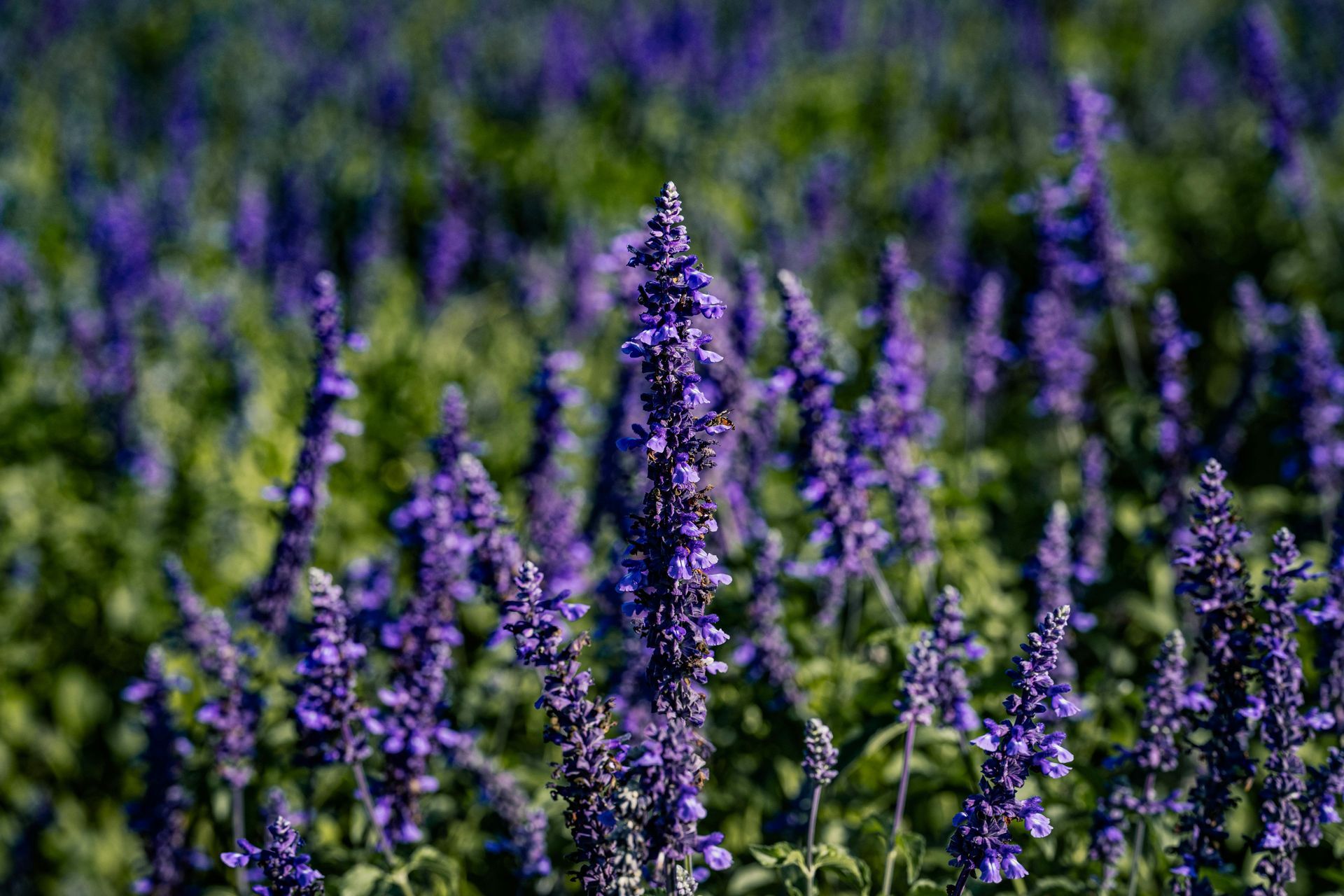The Most Beautiful Drought-Tolerant Plants for Your Yard
As a lawn care specialist with decades of experience, I’ve seen firsthand how water-wise landscaping can transform not just the look of a yard, but also the lifestyle of its owner. Whether you’re 20 or 90, you can create a lush, colorful, and thriving garden that stands up to dry spells—without sacrificing beauty. Let’s dive into the most stunning drought-tolerant plants and some practical tips to help your yard flourish, even when the rain takes a vacation.
Why Choose Drought-Tolerant Plants?
Drought-tolerant plants are the unsung heroes of modern landscaping. They save water, reduce maintenance, and often attract pollinators like butterflies and bees. These plants are a smart choice for anyone who wants a beautiful, resilient yard.
Showstoppers: Top Drought-Tolerant Plants
Lantana: The Colorful Crowd-Pleaser
Lantana is one of my go-to recommendations for clients who want non-stop color with minimal fuss. These annuals bloom from spring to fall, producing vibrant clusters of flowers in shades of yellow, orange, pink, and red. They’re tough, spreading nicely to fill in bare spots, and keep blooming even when water is scarce.
Personal tip: I once planted lantana along a client’s driveway that got full sun all day. Even during a brutal July with no rain, those lantanas looked as cheerful as ever while the neighbor’s petunias wilted.
Sedum (Stonecrop): Succulent Simplicity
Sedum is a succulent that stores water in its thick, fleshy leaves, making it a champion in dry conditions. It forms a low-growing carpet topped with star-shaped flowers, usually in pink, red, or yellow. Sedum is perfect for rock gardens, borders, or as a ground cover in sunny, dry spots.
Lavender: Fragrant and Hardy
If you love fragrance and want to attract pollinators, lavender is a classic. Its silvery-green foliage and spikes of purple flowers evoke a Mediterranean vibe, and it thrives in well-drained, sunny locations. The scent is calming, and bees love it.
Personal anecdote: I planted lavender by my mailbox years ago. Every summer, the scent greets me, and I rarely have to water it—plus, it’s never bothered by deer or rabbits.
Coneflower (Echinacea): Native Beauty
Coneflowers are native perennials that bloom in a rainbow of colors. They’re not just drought-tolerant—they’re also heat and humidity resistant, making them perfect for unpredictable summers. Once established, they require little water and attract butterflies and bees.
Russian Sage: Silvery Elegance
Russian sage brings tall spikes of lavender-blue flowers and silvery foliage to the garden. It’s low-maintenance, resists pests, and thrives in poor, dry soils. Just be careful not to overwater, especially in its first year.
Yarrow: All-Summer Color
Yarrow is a low-maintenance perennial with clusters of tiny flowers in yellow, pink, or red. It stands up to drought and even deer and rabbits. It’s a great choice for borders or wildflower gardens.
Purslane: Ground Cover with a Punch
Purslane is a low-growing succulent with flowers in bright shades of tangerine, pink, red, and yellow. It thrives in hot, dry spots and is ideal as a ground cover or in hanging baskets. Bonus: no deadheading required.
Gaura: Whimsical Blooms
Gaura produces delicate white or pink flowers that flutter like butterflies on slender stems. This perennial keeps blooming through dry spells and adds a light, airy touch to any garden.
Native and Regional Favorites
If you live in the western U.S., especially California, consider adding natives like manzanita, toyon, sages, and milkweed. These plants are adapted to local conditions and can create a biodiverse haven for wildlife.
Real-life inspiration: In Los Angeles, a homeowner replaced his Bermuda grass lawn with native drought-tolerant plants. Six years later, his yard is alive with butterflies, hummingbirds, and even lizards, all thriving with minimal watering.
Ornamental Grasses and Shrubs
Ornamental grasses (like blue fescue or feather reed grass) add movement and texture, needing little water once established.
Boxwood and pyracomeles are great for structure and hedges, with some varieties earning awards for drought performance.
Butterfly bush and crape myrtle offer stunning blooms and are surprisingly drought-hardy.
Practical Tips for a Thriving Drought-Tolerant Yard
Soil and Mulch Matter
Improve your soil with compost or well-rotted manure to boost water retention.
Mulch generously to reduce evaporation and suppress weeds. I recommend a 2-3 inch layer of bark or shredded leaves around your plants.
Watering Wisely
Water deeply but infrequently to encourage deep root growth. Shallow, frequent watering leads to weak, surface-level roots.
Use drip irrigation or soaker hoses to deliver water right to the roots, minimizing waste.
Smart Plant Placement
Group plants by water needs. Keep thirstier plants together and put the toughest ones in the driest spots.
Give new plants extra care. All drought-tolerant plants need regular watering for the first few weeks to get established—don’t skip this step.
Avoid Over-Fertilizing
Too much fertilizer encourages lush, thirsty growth. Use a light hand, especially with drought-tolerant species.
Final Thoughts
You don’t have to sacrifice color, fragrance, or wildlife to have a water-wise yard. With the right mix of drought-tolerant plants—like lantana, sedum, lavender, coneflower, and native favorites—you can create a landscape that’s as beautiful as it is resilient. And as someone who’s seen yards transform from thirsty lawns to vibrant, low-water oases, I can tell you: your future self (and your water bill) will thank you.



